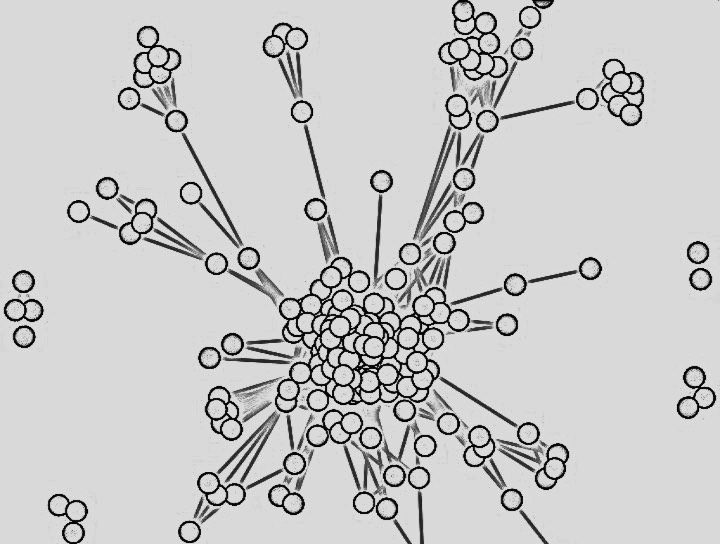CBIOMES members please log in to access. Password issues contact cbiomesweb@gmail.com
NEW CBIOMES PUBLICATION
Emily J. Zakem, Martin F. Polz and Michael J. Follows (2020), Redox-informed models of global biogeochemical cycles, Nature Communications, doi: 10.1038/s41467-020-19454-w
Get the PDF [Requires login]
NEW CBIOMES PUBLICATIONS
Joseph J. Vallino and Ioannis Tsakalakis (2020), Phytoplankton temporal strategies increase entropy production in a marine food web model, Entropy, doi: 10.3390/e22111249
Get the PDF [Requires login]
Using Metagenomics to Measure In-Situ Microbial Growth Rates
Growth rates are central to understanding microbial interactions and community dynamics. The Fuhrman Lab, which uses ‘omics data to seek a better understanding of microbial growth, interactions, and biogeographies has been evaluating a promising new approach to simultaneously determine the growth rates of many different kinds of microbes from the within-genome distributions of DNA extracted from in-situ (mixed) ocean populations. Continue reading “Using Metagenomics to Measure In-Situ Microbial Growth Rates”
2020 Joint Simons Marine Collaborations Meeting
CBIOMES members please log in to access. Password issues contact cbiomesweb@gmail.com
Towards a Better Model for the Microbe Membrane (Revisited)
Postdoc John Casey continues to work closely with MIT-CBIOMES Group PI Mick Follows on research combining quantitative proteomics, flux balance analysis, and molecular modeling of membrane transports to develop a steady-state model of microbial acclimation to substrate limitation. A paper by the same name was recently published in PLOS Computational Biology. Continue reading “Towards a Better Model for the Microbe Membrane (Revisited)”
Turning to Traits to Understand Phytoplankton Biomass Patterns
The Irwin Group uses statistical modeling techniques to understand niches, traits, and interactions within marine microbial communities. A new paper confirms the value of trait-based approaches in investigating the mechanisms underlying phytoplankton biomass dynamics, and in predicting the community response to environmental changes. Continue reading “Turning to Traits to Understand Phytoplankton Biomass Patterns”
Longer Season with Phytoplankton Growth in a Warming Arctic?
The PML-CBIOMES team led by Shubha Sathyendranath is actively engaged in developing new and improved products to extract increased detail from satellite color data. In a recent paper, they turn their attention to primary production in the Arctic. Continue reading “Longer Season with Phytoplankton Growth in a Warming Arctic?”
CBIOMES Welcomes Jonathan Izett
A warm welcome to Jonathan Izett, a postdoc working in Chris Edwards’ UCSC CBIOMES Group. Continue reading “CBIOMES Welcomes Jonathan Izett”
NEW CBIOMES PUBLICATION
Emily Zakem, Jonathan Maitland Lauderdale, Reiner Schlitzer, Michael J. Follows (2020), A flux-based threshold for anaerobic activity in the ocean, ESSOar (for Geophysical Research Letters), doi: 10.1002/essoar.10504387.1
Get the PDF [Requires login]








